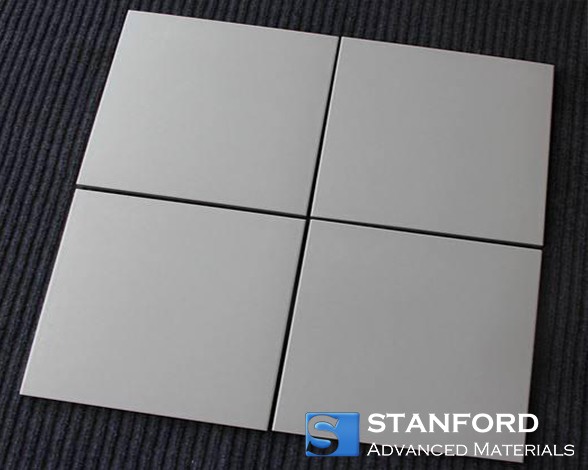SM1822 Acid Resist Brick
| Catalog No. | SM1822 |
| Color | White |
| Density | ≥2g/cm3 |
Stanford Advanced Materials (SAM) has extensive experience in manufacturing and supplying refractory brick of the highest, most durable quality at competitive prices. We are also able to customize this product for various specifications.
Related products: High-Aluminum Brick
Description & Application of Acid Resist Brick
The main component of the acid-resistant brick is silica, which forms a large amount of mullite under high-temperature roasting and is a substance with high acid resistance. Since the acid-resistant brick has a compact structure and a small water absorption rate, it can also be used at normal temperatures. It is resistant to any concentration of the alkaline medium, but it is not resistant to high temperatures. The acid-resistant brick contains more than 70% of silica and is sintered. It is widely used in the chemical industry for acid-groove, acid well, and acid storage.
Specifications of Acid Resist Brick
|
Type |
AR-35 |
AR-38 |
|
Max Service Temperature |
≥ 1200 °C |
≥ 1250 °C |
|
Al2O3 |
35 % |
38 % |
|
SiO2 |
62 % |
59 % |
|
Bulk Density |
≥ 2.20 g/cm3 |
≥ 2.20 g/cm3 |
|
Apparent Porosity |
≤ 14% |
≤ 16% |
|
Cold Compressive Strength |
≥ 600kg/cm2 |
≥ 500kg/cm2 |
|
Refractoriness under Load |
1325 °C |
1350 °C |
|
Acid resistance (Loss in weight) |
≤ 2.5% |
≤ 2.5% |
Applications of Acid Resist Brick
The aluminum-silicon acid resists brick is usually used in the acid ditch, acid well, acid storage and impacted the ground with large acid loading. These facilities are frequently used in the industry of petroleum, chemistry, and pharmacy.
Packaging of Acid Resist Brick
Our acid resist bricks are carefully handled to minimize damage during storage and transportation and to preserve the quality of our products in their original condition.
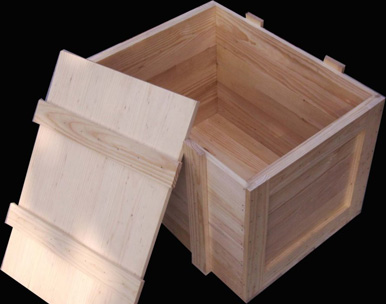
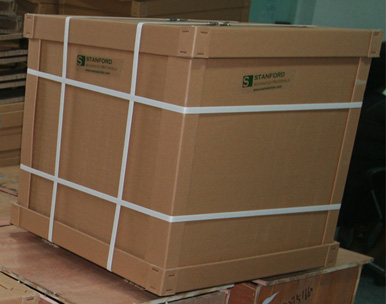
LATEST RECOMMENDED
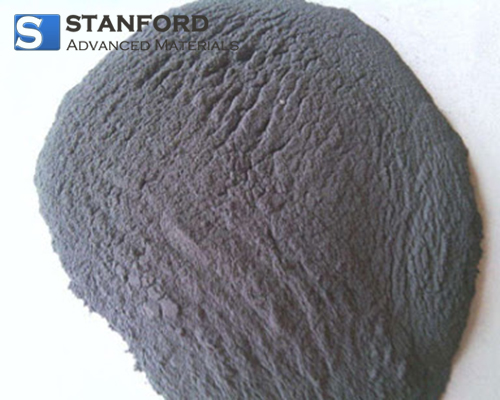
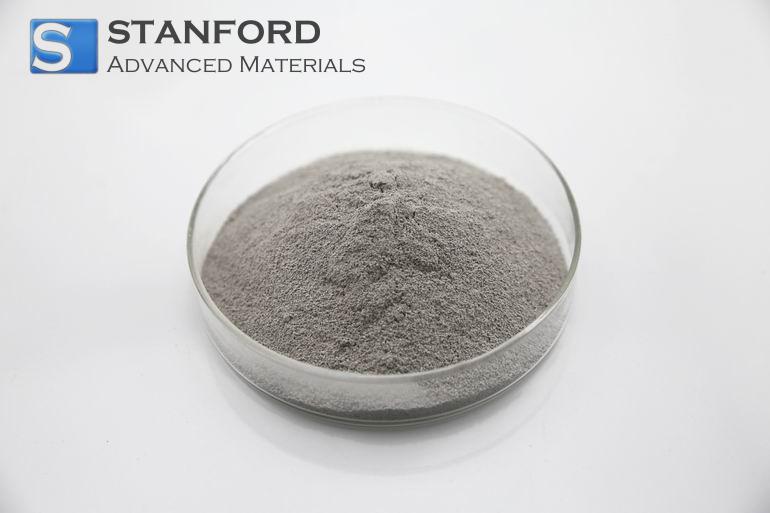
.jpg)
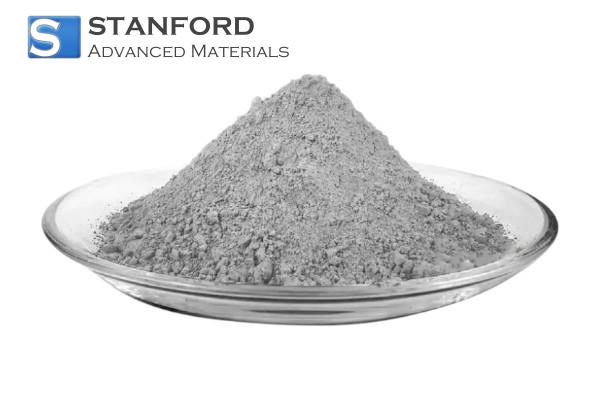
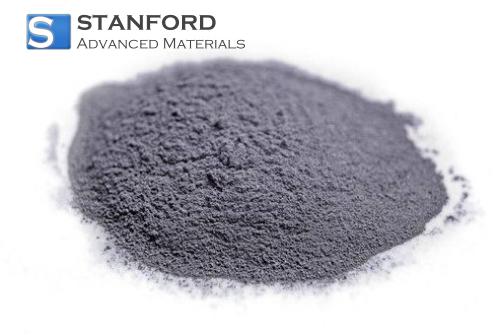
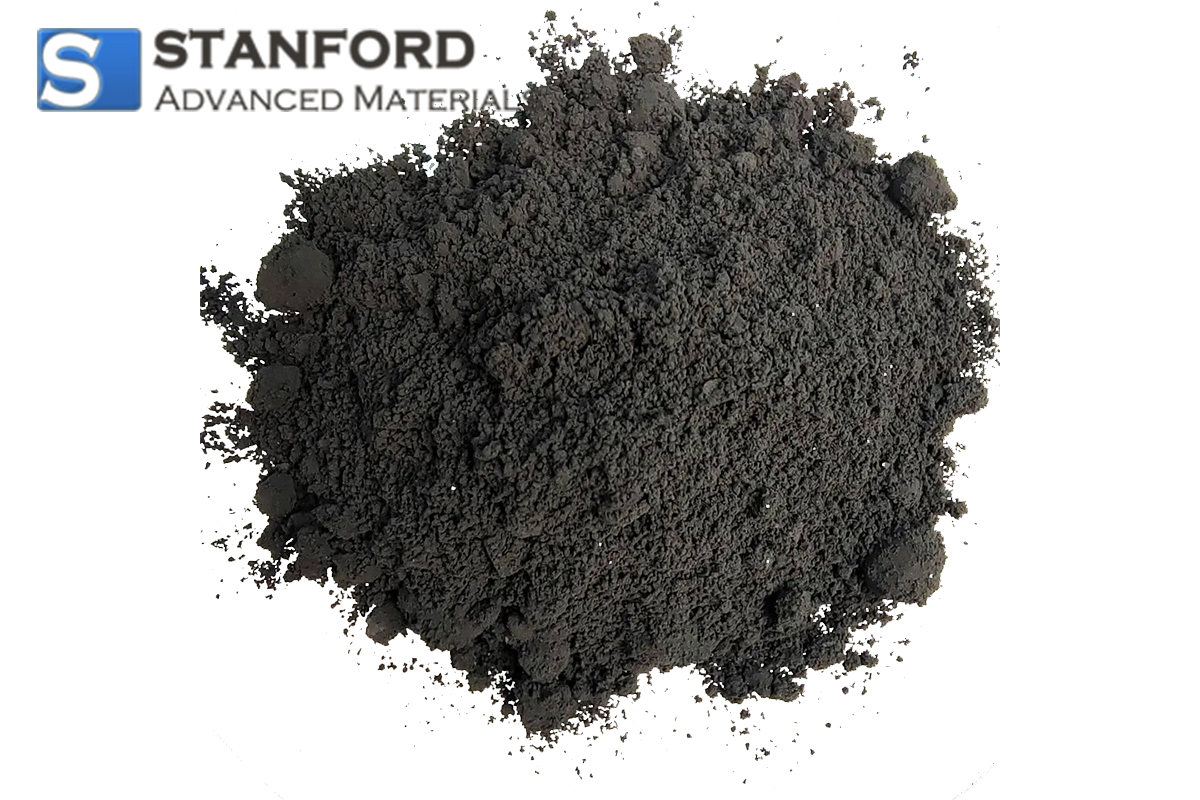
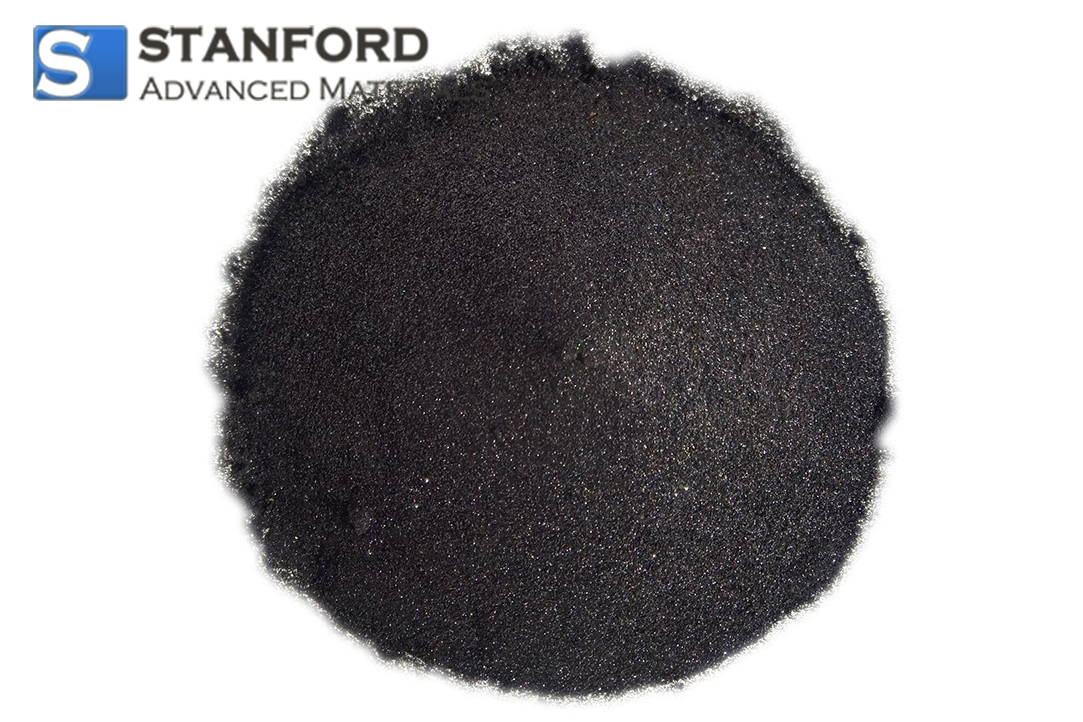
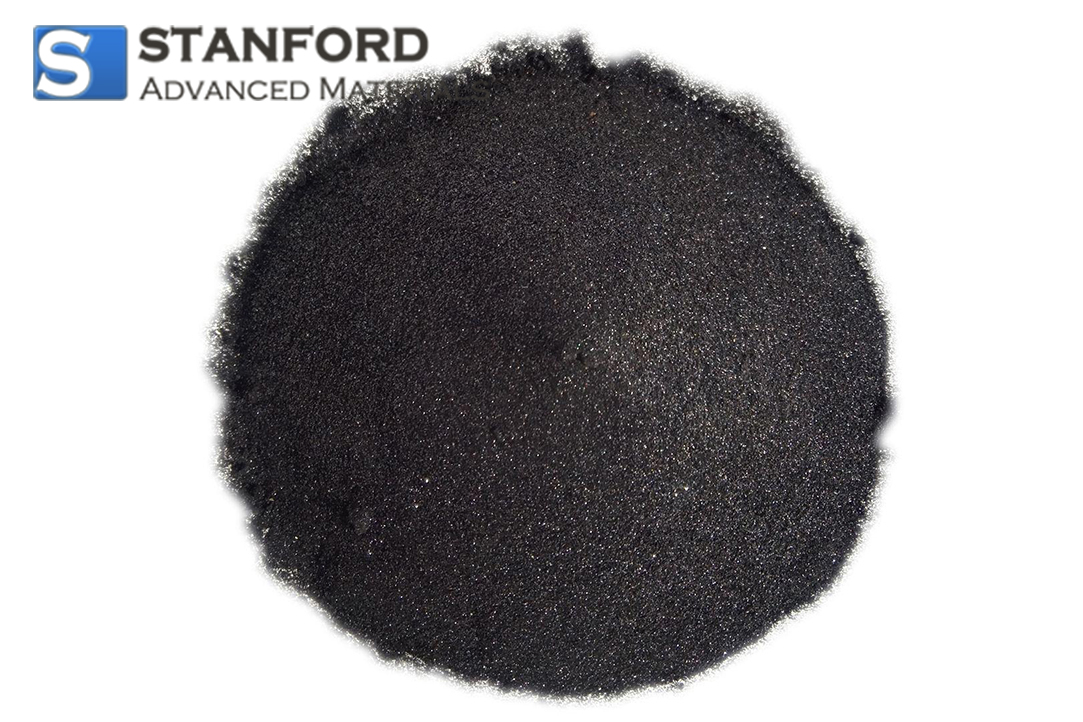
GET A QUOTE
Send us an Inquiry now to find out more Information and the latest prices,thanks!

